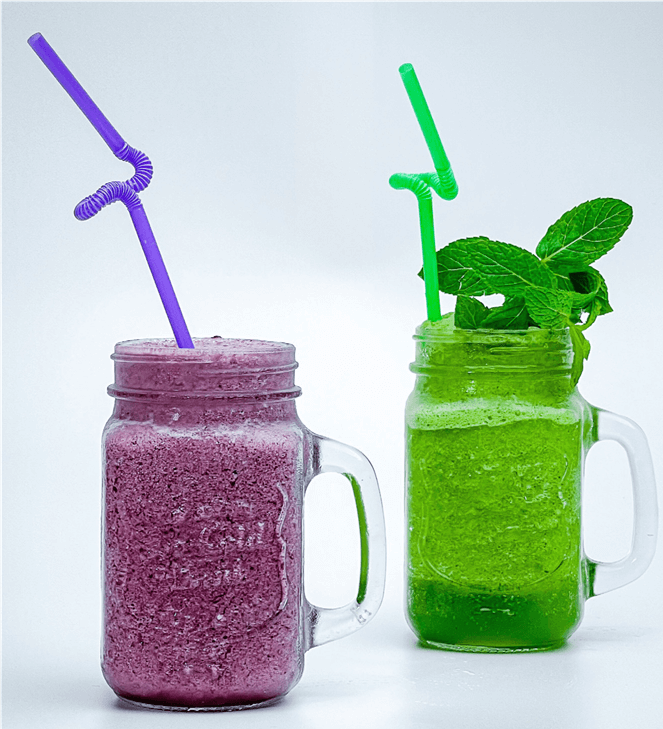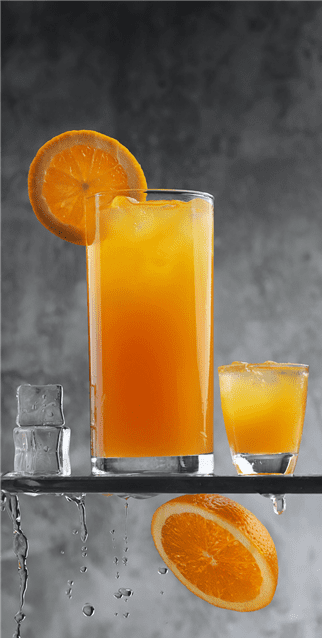
Health, health, health. Conditioned by the pandemic, consumers appear to show a preference for all those products that are presented as healthy and good for the environment (in their perception, the two concepts coincide) and the beverage industry is no exception.
In the beverage and liquid foods industry the new trends for 2022 have a connective thread: health. Consumer choices are in fact all oriented towards personal wellness and, in line with the same philosophy, show a preference for “free-from” or “clean-label” products.
This turnaround in consumer patterns is also reflected in the beverage and liquid foods industry, where certain trends dominate the scene.
Watch the sugar content

Almost to the point of being demonized, refined sugar is not compatible with a healthy lifestyle and even consumers who are less concerned with their figures or diet are keen to reduce their sugar intake drastically.
A Mintel survey has analyzed the market launch of products containing sugar in the last 5 years and have surprisingly found that the countries most affected by the phenomenon include Great Britain (15%), closely followed by Germany (13%) and France (10%).
Europe is not as sweet as it used to be, and France and Germany alone hold 5% of world patents aimed at improving the taste of sweeteners and developing technologies that reduce the cost of processing alternative sugars. After all, a beverage needs to be at least slightly sweet.
Alcohol? No, thanks
Surprise, surprise. Following the publication of alarming data on how the pandemic has contributed to a rise in alcohol consumption, with surges in online sales in 2021, now we see an emerging trend for alcohol-free products, driven by a significant increase in NOLO (no and low alcohol) drinks.
This is endorsed by another British market survey indicating a rise of 32.5% in the consumption of these beverages during the first lockdown. Zero alcohol gin and aperitifs indicate a strong consumer propensity for healthy products.
This scenario is also confirmed for Italy. Last year the growth of no alcohol drinks reached the remarkable percentage of 6%.
This trend, which shows no sign of weakening, has prompted a forecast of +8% for each year leading up to 2025. In Italy, this phenomenon may have been accentuated by the various municipal and local provisions aimed at restricting the sale of alcohol in certain locations and at certain times of the evening, as a measure to curb social gatherings, particularly in town centres and city squares.

According to Wine Intelligence, non-alcoholic wines are sure to be a trend of the near future. In Spain, for example, the Health Department has decided to finance research in this particular branch of the business, while the European Union suggests regulating wine production. There is also talk of non-alcoholic or low alcohol wines.
The demand expressed by the market is a challenge for our companies. As all those who operate in our industry know only too well, it is not sufficient to eliminate alcohol in order to produce an alcohol-free beverage.
On this same topic, in June 2021 the European Commission presented a proposal to amend Regulation no. 1308/2013, governing the Pac. Article 193 mentions the terms “dealcoholized wine” (with alcoholic strength not exceeding 0.5% vol.) and “partially dealcoholized wine” (with alcoholic strength comprised between 0.5% and 9% vol.).
This is just the start, and 43% of habitual consumers would be ready to gradually replace alcoholic products with others that are alcohol-free or low in alcohol on certain occasions. Of the latter, according to LWSR, less than one in five would avoid alcohol altogether.
Juices and smoothies in great demand
Let’s remain in the ambit of health to consider two products that are perfectly aligned with this scenario: juices and smoothies. According to Statista studies, the global sales of “other juices, mixed juices and smoothies” will reach a value of 38 billion Euros in 2022.

Furthermore, the forecasted annual growth rate of 4.41% will make this figure shoot up to 45 billion in 2026, equivalent to a staggering quantity of 16 billion litres of beverages.
Along with traditional pear, peach and apricot juices, the trend of recent years is to present mixed fruit and veg juices in combination with spices such as ginger and turmeric. Increasingly advanced methods are also being studied to extract vitamins and proteins from the residual materials of traditional beverage production.
Innovation is more and more oriented towards the elimination or reduction of sugar content, as well as increasing the percentage of fresh fruit, to offer beverages that are more in line with the consumer demand for natural products.
The spread of consumer behavior models oriented towards a healthy lifestyle has given a fresh boost to the industry, which is increasingly intent on satisfying the demand for “wellness” expressed by those whose shopping basket contents are strongly influenced by the list of ingredients and the “naturalness” proffered by the various brands.
Therefore, that of reducing the quantity of sugar and increasing the percentage of fruit is going to be a mandatory strategy for companies operating in the industry.
Make way for technology
The technologies of the beverage and liquid foods industry, whose application is well consolidated compared to other industrial sectors, offer an enormous potential in the ambit of plant-based beverages, sugar content reduction, sugar substitutes and functional plant ingredients.
Ours is an extremely inventive industry and research and development have many challenges to address, especially if we consider that, in some cases, relatively small product variations can lead to new creations, while in other cases, more important changes will be necessary, such as new production lines and systems.
Those who grasp these technological challenges, will be able to exploit a market of exceptional potential.




